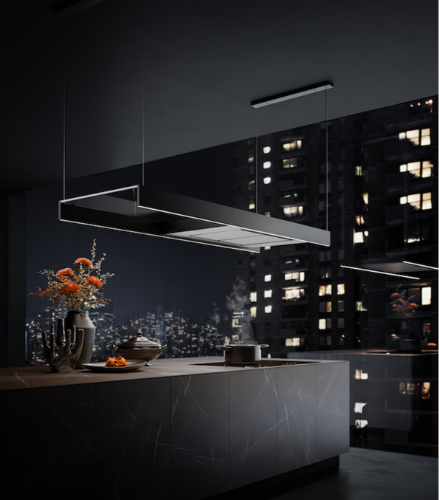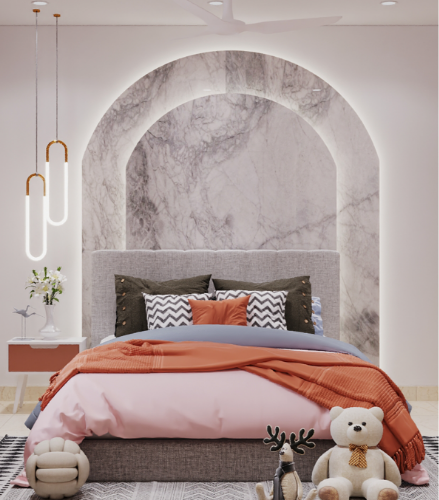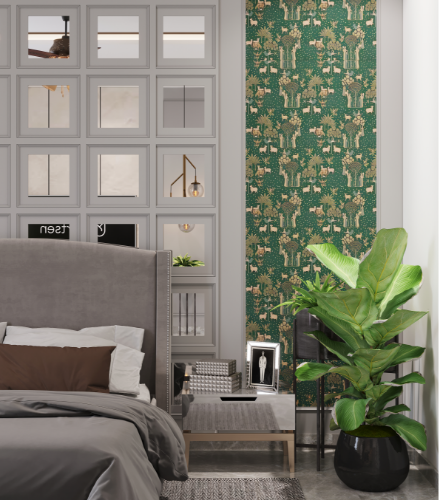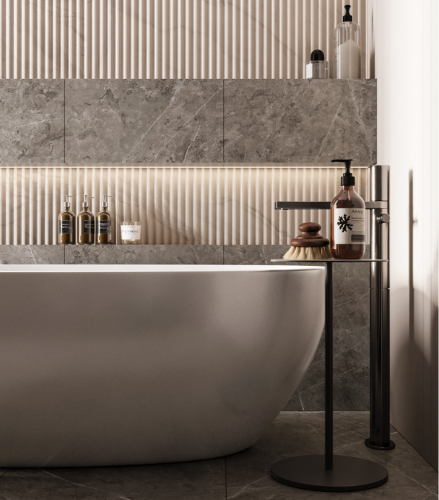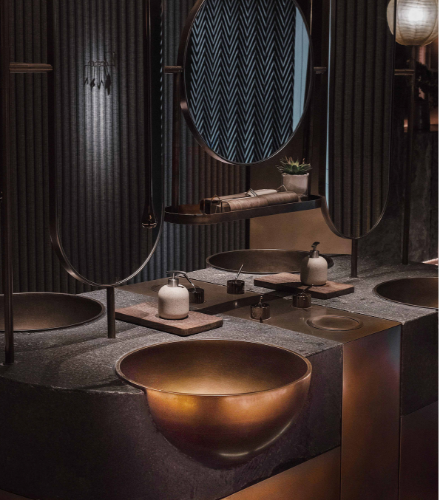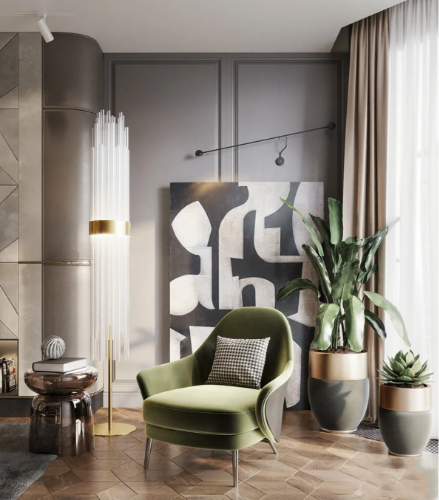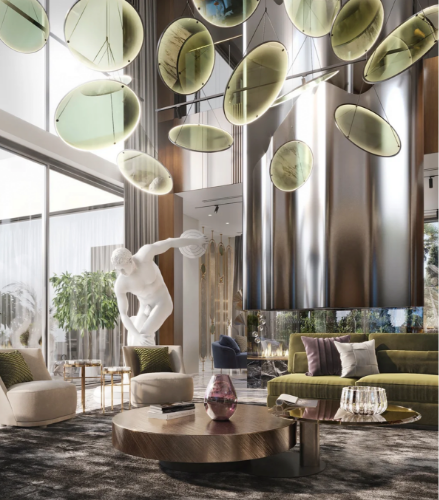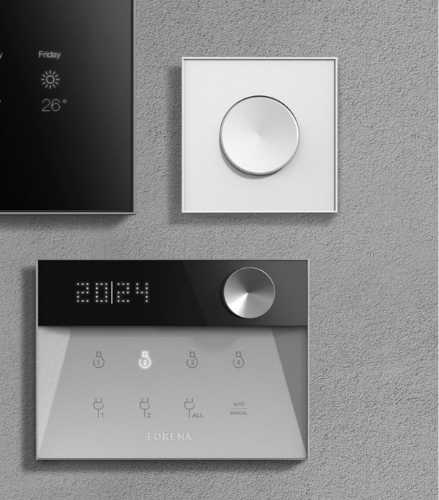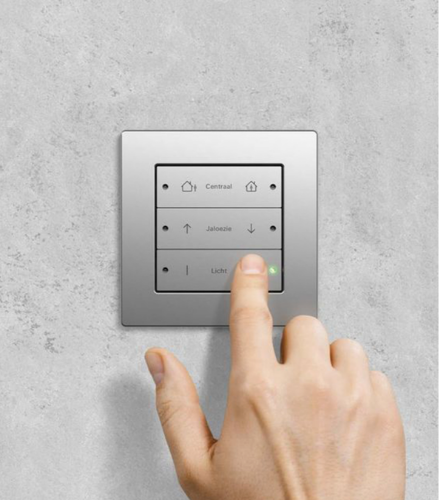Imagine you just moved into your new home and look forward to spending much of your time left on earth in this home. What is the first thing that comes to mind? If you are anything like most people, how to best design the space and its rooms should be at the top of your list of priorities. Furthermore, the correlation between design and a room is much greater than most people realise. It goes beyond colours, accents and furniture. Interior design defines the purpose of the room; it harmonises and provides meaning to each and every aspect of the room. More importantly, it dictates how connected you feel with your home and all the tiny intricacies that make your home truly unique. Explore the world of interior design as our experts guide you through how to design a room in the best way possible.
1. Figure Out What You Want The Space To Feel Like
Humans possess the gift of visualisation, which in a way, helps them see the future. You can use this superpower to figure out what you want your room to feel like. If you want to create a warm and cosy atmosphere, incorporate earthy colours, natural materials and lots of natural light. On the other hand, if eclectic and luxurious décor is more your style, go for traditional-ornate furniture, dark hues and large chandeliers. How the room looks and feels entirely depends upon what you initially visualised it to look like.
Yes, creative deviations have always been part of the process. But to attain your desired feel or atmosphere, you have to work past those deviations. We recommend spending some time in the room; this will give you some clarity and direction. Once you have that, it’s time to move on to the next step. And this goes for everything in the room, from the layout to the colours, textures and materials.
Also Read: Feng Shui Bedroom Colour Combination For A Peaceful Décor
2. Seek Out Inspiration

So, you have settled on what you want your space to look and feel like. Now, it’s time to seek out inspiration for creating such a space by looking at someone else’s work. Think about it this way, if you are taking inspiration from a branch, build an entire tree. The idea is to build on the inspiration and personalise it to an extent it feels unique. Inspiration also gives you a starting point; if you are DIYing your way to a new room décor, this should be a good starting point.
3. Define The Purpose Of The Room
The purpose of a room can often dictate the ambience or the décor of the room. For instance, bedrooms often have calming and relaxing décor, which can help you unwind effortlessly. Similarly, a living room should have a much more uplifting and lively atmosphere. Hence, defining the purpose of the room is an important factor you need to consider while designing any room.
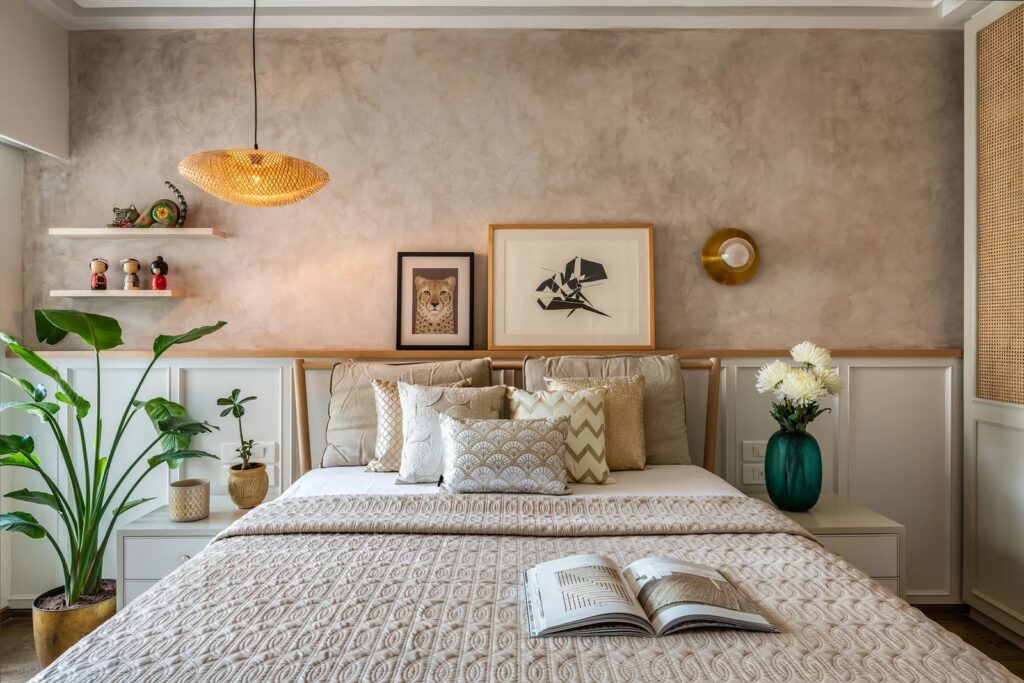
Also Read: 10 Modern Kitchen Design Trends to Quadruple Your Kitchen’s Functionality
4. Evaluate Your Needs
What makes people unique also makes the spaces they live in unique. Each and every human being might have similar needs, but it’s never exactly the same. This translates into a proper evaluation of your needs from the room, especially the room’s layout. The importance of this step in the process is magnified if you have a smaller room which might need extensive planning to accommodate all your needs.
5. Declutter The Space
In case you are switching up your pre-existing décor, the first step for remodelling or redecorating a room is to declutter the space. Getting rid of the things you don’t need will give you clarity and make space for other, more vital items. And if you are starting with an empty room, think before bringing anything inside the room. Also, don’t overcrowd the room with unnecessary furniture or decor items, as it may make the space look small.
Also Read: The Best Budget-Friendly Ideas To Refresh Any Space
6. Choose The Colours

Wouldn’t it be great if we could just pick out our favourite colours and get it over with? Unfortunately, that is not the case. Selecting the right colours for a room is a long, drawn-out process that can take upward of a week. The reason behind such a long process can have many factors, which also signifies the importance of choosing the right colours.
We recommend reading through our guide for wall colour combinations to get a better understanding. Moreover, the colours in the room are not limited to the paint itself. The colour of your furniture, textile, floor and every other aspect of the room is a contributing factor.
7. Select An Anchor Piece
Anchor pieces are a great way of adding visual interest to the room. It binds the furniture together and creates a cohesive layout. An anchor piece can be a piece of furniture, a fireplace or other features of the room. But more often than not, sofas are the most commonly used anchor piece. We recommend putting aside a huge chunk of your budget for the centrepiece, as this will be the main focal point in the room.
Also Read: Clever Space-Saving Ideas For Small Bedrooms
8. Select The Furniture
Once you have settled on an anchor piece, the next step is to select the furniture in the room. Start looking for a coffee table, armchairs and others you would want in the room. You can check for a variety of options to see which ones pair well with each other. While you can mix and match a little bit, it’s better to stick to the primary design theme. More importantly, ensure all the furniture in the room is facing or arranged according to the anchor piece.

9. Rugs, Curtains And Other Textiles
Textiles play a crucial role in every room; they add versatility to the material and colour palette. Also, they are especially good at bringing various elements together and adding the finishing touch to the room. Among the most important pieces of textile – rugs, curtains, and furniture upholstery are the most important. So, check out all your options, including various materials, finishes and colours, before settling on one.
Also Read: The Top 10 Types Of Chairs You Should Know About
10. Proper Lighting
An improperly lit room is the worst mistake you can make. While less light can create dark spots and can make the room feel smaller, too much light will create glares and may cause headaches. So, finding the right balance is one of the most vital aspects of interior design. Equally important, every room should have some level of natural light to ensure a fresh and lively atmosphere. In case you don’t have an extensive experience with interior design, chances are integrating proper lighting may seem like a daunting task. So, you may want to consult an expert.
11. Accessorize
To add the final touch to the room, you should start looking for décor items to decorate your room. You may want to consider paintings, picture frames, vases and a plethora of other items easily available. Regardless of what items you choose, the important thing is these items should describe you as a person so that the room can reflect your personality.
Also Read: 8 Coffee Table Design Ideas For Every Style & Every Personality
To sum up – These were the steps to designing the perfect room. Hopefully, this blog helped you design your room. If you need any further help, get in touch with our design experts.

